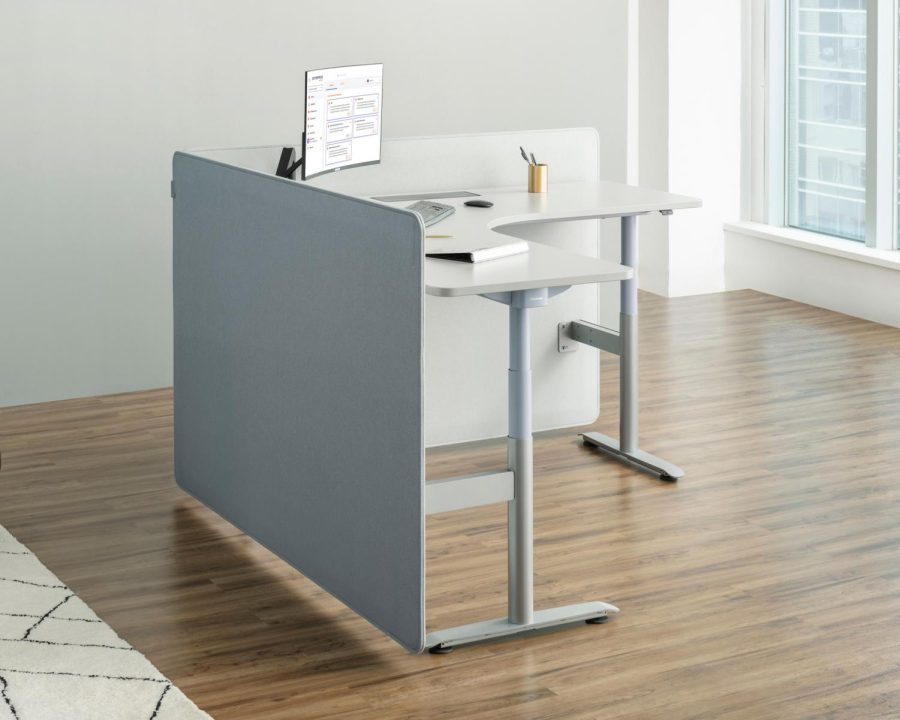Stand up for standing desks
I am going to say it: SIS students are not healthy. Many students do not play sports, and even those that do only exercise during the two-month season, then slack off the rest of the year. Immediately after practices, many athletes gorge themselves on unhealthy convenience store foods such as ramen and ice cream, reducing the health benefits from their hour of exercise.
SIS students are also notorious for their terrible sleep schedules. It is common to see students falling asleep in both the first and last period, exhausted from hours of supposed studying. While there is no all-encompassing cure for these issues short of a drastic change in lifestyle, one thing everybody should consider if they want a healthier lifestyle is to get a standing desk.
One could say that SIS students do not have enough time for sports or a healthy sleeping schedule in their academically rigorous lives. This is somewhat true (though it is mostly due to procrastination), but that is the reason for getting a standing desk. Students can improve their health while maintaining their hours of studying every day.
For one thing, sitting down has been linked to many short-term and chronic health conditions. According to Harvard Health Publishing (HHP), chronically sitting for hours on end raises the risk for obesity, diabetes, and many heart conditions, among other illnesses. Continual sitting also tightens several large leg and hip muscles, which leads to balance issues and lower back and knee pain.
These physical issues will not affect students from sitting just one time, but they will instead gradually wear them down with time.
Mental health is another issue; according to an Iowa University study, sitting for long periods of time was correlated to increased rates of depression during the COVID-19 lockdowns for people not meeting their usual exercise hours. While the study also stated that mental health can be improved with an hour of exercise a day, most SIS students simply do not have the time to do so.
How do standing desks help with this issue? Well, by standing, the aforementioned issues of balance, chronic pain, diabetes, obesity, cancer, and other diseases have shown to be less prevalent among those who use standing desks.
The benefits are not just physical either, as standing desks boost productivity and decrease sleepiness; a Texas A&M study found that standing desk users are by an average 46 percent more productive in comparison to non-users.
If you are convinced about the benefits of standing desks and are surfing the web to buy one right now, slow down. Often, people read headlines about the benefits of standing desks and rush into the transition. The sudden transition to standing leads to leg and foot pain, as well as issues with posture and balance.
If you are going to get a standing desk, take it slow. Use it 30 minutes at a time with rests in between. After you get used to the short interval, increase the duration or frequency of standing. Once your body adapts to the change, you will be able to reap the full benefits of a standing desk.

Paul is a senior managing editor for Tiger Times. He likes running at night and enjoys the night city view. He watches way too much Youtube and loves watching...

